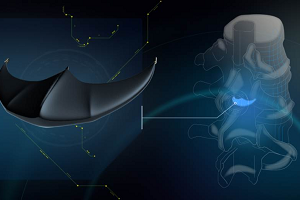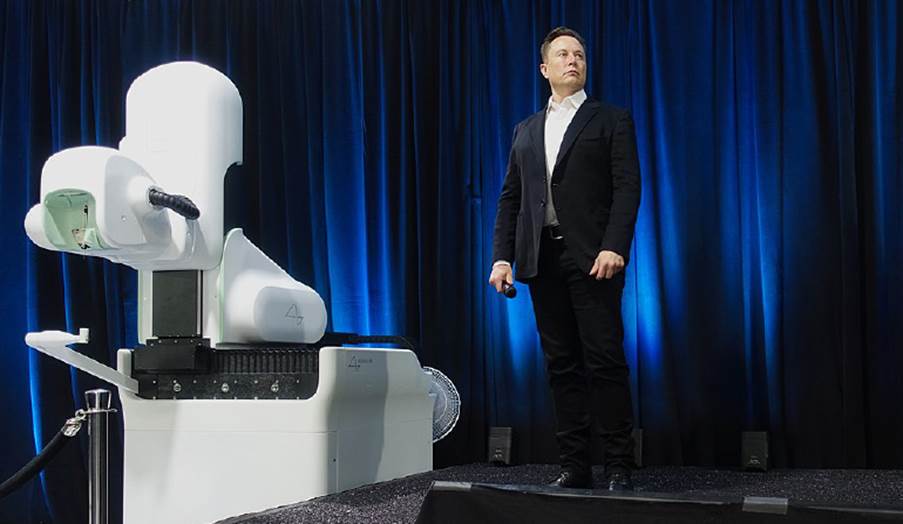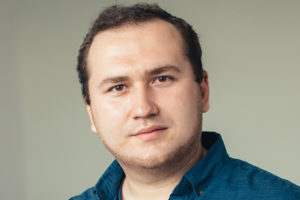The future of healthcare: Part 2 Challenges ahead for IoMT

Source : Behance
Though the future of healthcare technology poses exciting opportunities, there are also potential obstacles on the horizon in part 1 How IoT’s magic is reshaping our lives.
In Part 2 of his article, Sergiy Seletskyi, Internet of Things (IoT) practice leader and senior solution architect at Intellias, says that overcoming those obstacles is what will enable and accelerate the mass implementation and adoption of IoMT technology.
Remote monitoring is one of the key future trends in healthcare, and yet infosec experts are beginning to sound the security and privacy alarms. Who will own and store personal patient data, where will this data go, and how will it be used? In the era of privacy breaches and cyber security threats, medical services companies should place reliable data protection and ironclad security standards at the core of their services.
What also adds to the challenge of implementing IoMT is the high roll out cost, which so far makes RPM devices and solutions unattainable for most patients and healthcare providers. Finally, among the most serious concerns is the invariable need for the physical presence of a doctor to provide urgent medical help in case of an emergency. The time spent waiting for an ambulance to arrive can be decisive in saving or losing a human life.
In light of these challenges, humanity continues to look for alternative ways to implement predictive medicine. It should come as no surprise that the cand SpaceX Pioneer Elon Musk is leading the pack here.
Will microchips become a healthcare feature of the future?
 In a live streamed brain implant demo in August 2020, Elon Musk presented an update of Neuralink technology that aims to connect a human brain to a computer. The Neuralink implant being tested in animals is a coin sized chip containing multiple microelectrodes that can monitor the activity of brain neurons and wirelessly transmit recorded brain signals. Such chips could potentially be used to mitigate the consequences of brain dysfunctions and treat blindness, deafness, paralysis, and hormonal and mental disorders as well as to prevent heart and blood vessel diseases.
In a live streamed brain implant demo in August 2020, Elon Musk presented an update of Neuralink technology that aims to connect a human brain to a computer. The Neuralink implant being tested in animals is a coin sized chip containing multiple microelectrodes that can monitor the activity of brain neurons and wirelessly transmit recorded brain signals. Such chips could potentially be used to mitigate the consequences of brain dysfunctions and treat blindness, deafness, paralysis, and hormonal and mental disorders as well as to prevent heart and blood vessel diseases.
According to Elon Musk, Neuralink has been approved by the US Food & Drug Administration (FDA) Breakthrough Devices Program, and the first human trials are expected to launch soon. If these claims come to fruition, this could mean the beginning of a new chapter in the future of healthcare technology.
The magic combo
In our view, the integration of IoT enabled remote patient monitoring and the application of implants will hold the most promise for the future of healthcare.
One solution for people with chronic conditions living or working in remote areas could be a device implanted in the patient’s cervical spine and containing a first aid mini capsule with a symptom relieving substance. In case of a sudden health emergency, the first aid capsule could be activated remotely by medical support to soothe pain and reduce symptoms until the paramedic team arrives.
In addition, unlike an external wearable device that can be forgotten or lost, an implant is always there, providing the patient with a sense of security and a continuum of care.
Where is the future of healthcare headed?

Sergiy Seletskyi
The digital transformation of the healthcare industry is an inevitable trend that will impact medical institutions around the world. Healthcare organisations will increasingly transform into service companies, offering value added services beyond the traditional medical portfolio.
Non stop remote patient monitoring and support will become their key service offerings and will allow for accessible, timely, and personalised care grounded in the health characteristics of each individual patient.
While we may not have found the fountain of youth, in our lifetimes, we can expect to benefit from a wholesome healthcare environment powered by superior remote care that will enable humans to live longer than ever.
The author is Sergiy Seletskyi, IoT practice leader and senior solution architect at Intellias.
About the author
Sergiy helps companies harness the right IoT technology stack to scale business and make it future proof. Strategic thinker with extensive knowledge of the IT Industry in a wide variety of innovative solutions for different business domains.
Comment on this article below or via Twitter @IoTGN
